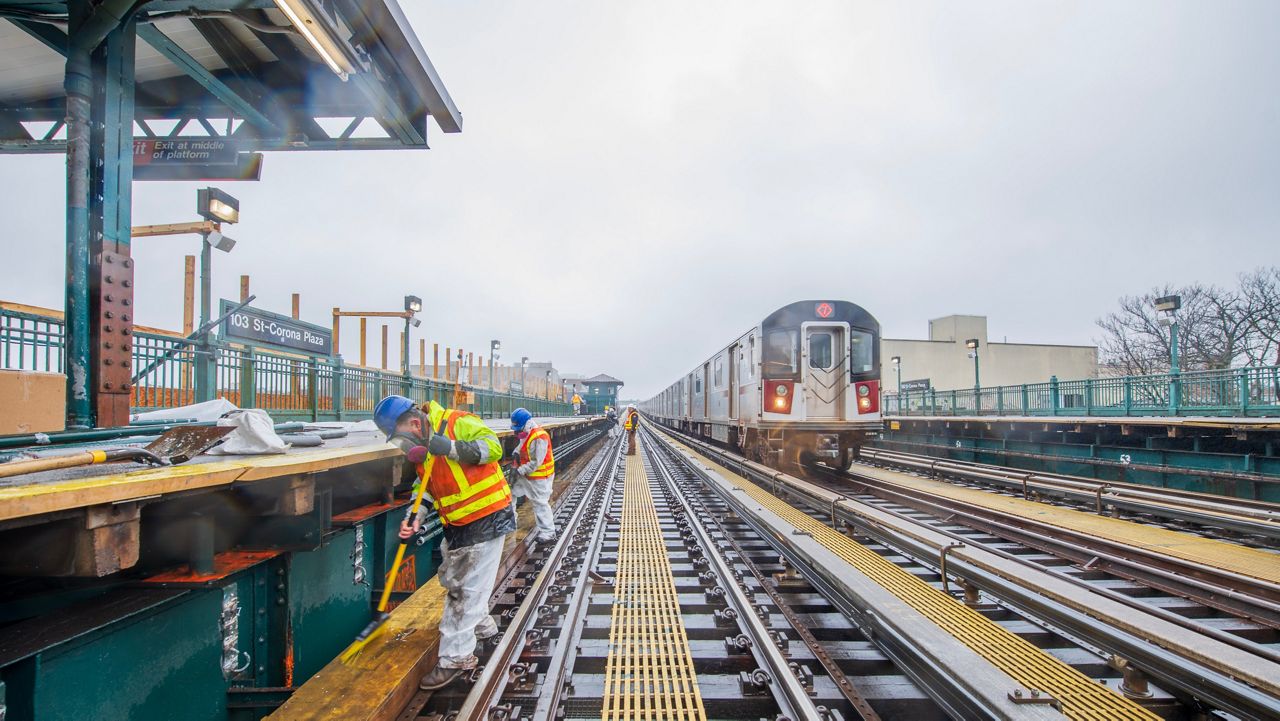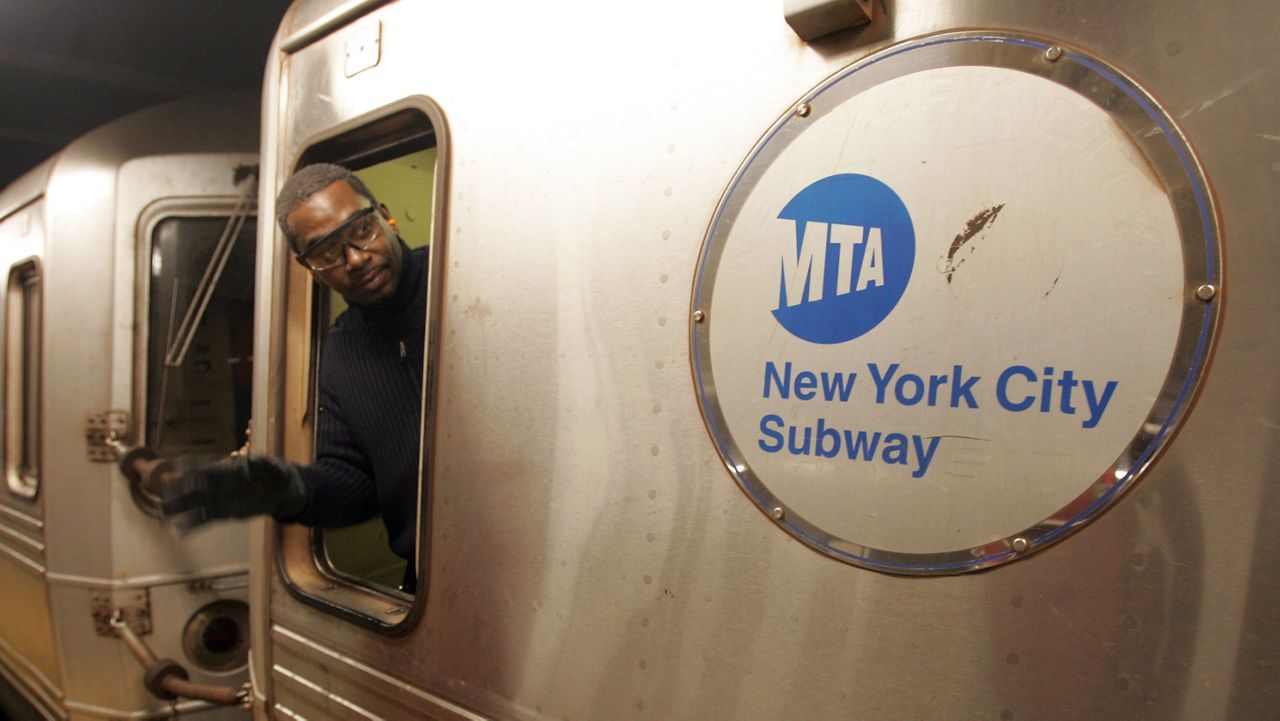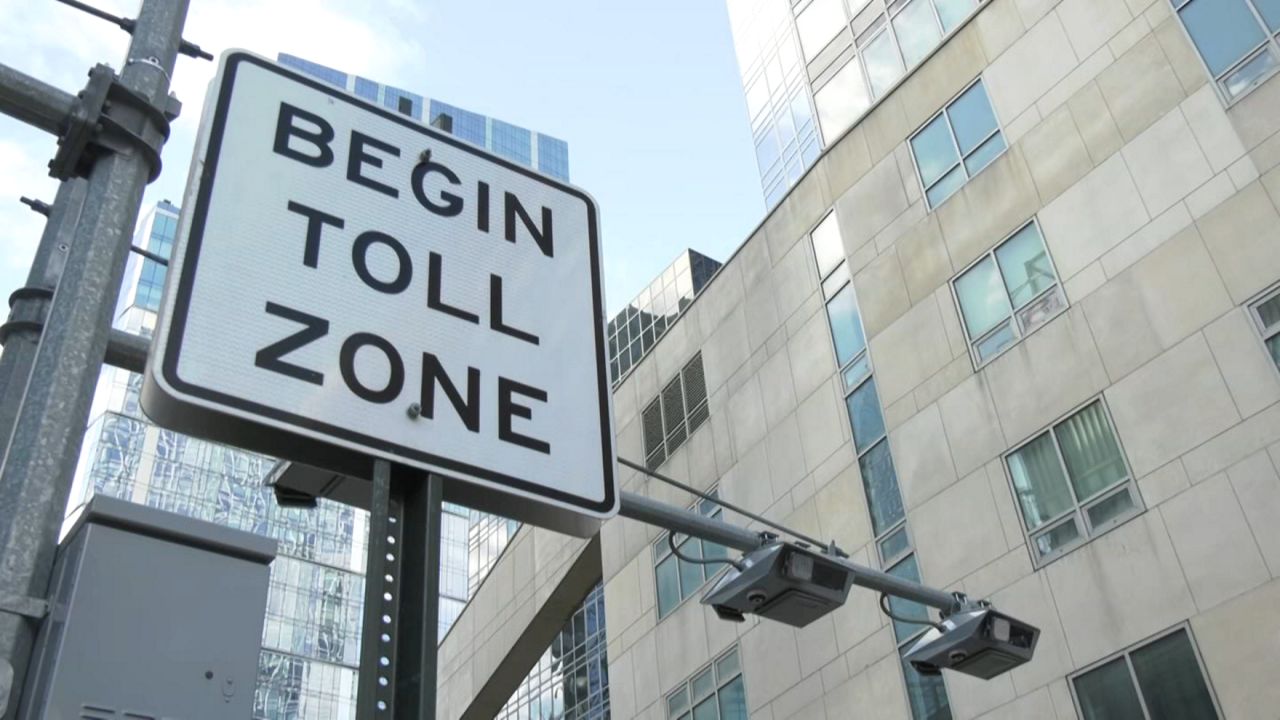There is light at the end of the tunnel for subway riders and bus passengers, too. The MTA is abandoning its doomsday budget for this year.
"We have been able to eliminate the worst-case service reductions that had been previously on the table for 2021," MTA Chairman Pat Foye said at the agency's monthly board meeting.
And down the line, too.
"With improved financial results from last year, we are now able to take these worst-case reductions off the table in 2022 as well," Foye said.
The MTA threatened to cut transit service by 40%, increasing wait times between trains and buses and causing overcrowding, unless Congress came to its rescue.
And it did, with $4 billion in late December, on top of $4 billion earlier in the year.
Another boost: increasing numbers of riders are swiping back into the transit system since the peak of the coronavirus pandemic, which crushed the MTA’s finances.
The MTA is seeking another $8 billion to steady its finances and prevent deep cuts after next year.
It could get it from President Joe Biden's proposed $1.9 trillion stimulus package.
"I am working to deliver another $6 billion plus, in addition to the $8 billion already delivered for the MTA that will not just get us through this transit disaster, but energize the whole system for rebirth and revival," said Senate Majority Leader Charles Schumer.
“If additional federal funding doesn’t come through for the MTA we could be right back looking at that dark hole of 40 or 50 percent service cuts," said Lisa Daglian, director of the Permanent Citizens Advisory Committee to the MTA.
Consultants the MTA hired said ridership could rebound between 80% and 92% of pre-pandemic levels by the end of 2024.
"The wolf isn't at the door this year, OK? But we do have to address our service levels to make sure that we're meeting the needs of the customer," said Robert Foran, the MTA's chief financial officer.
“Hopefully what it means is that that the MTA is taking into consideration the changing way and times that people are traveling," Daglian said.
But what advocates don’t want is fewer buses and trains running.
“Unfortunately what it also could mean, and we’re seeing that on the commuter rails, is, ‘service adjustments’ translating into cuts. That’s a big issue. That’s a cause for concern," she said.









